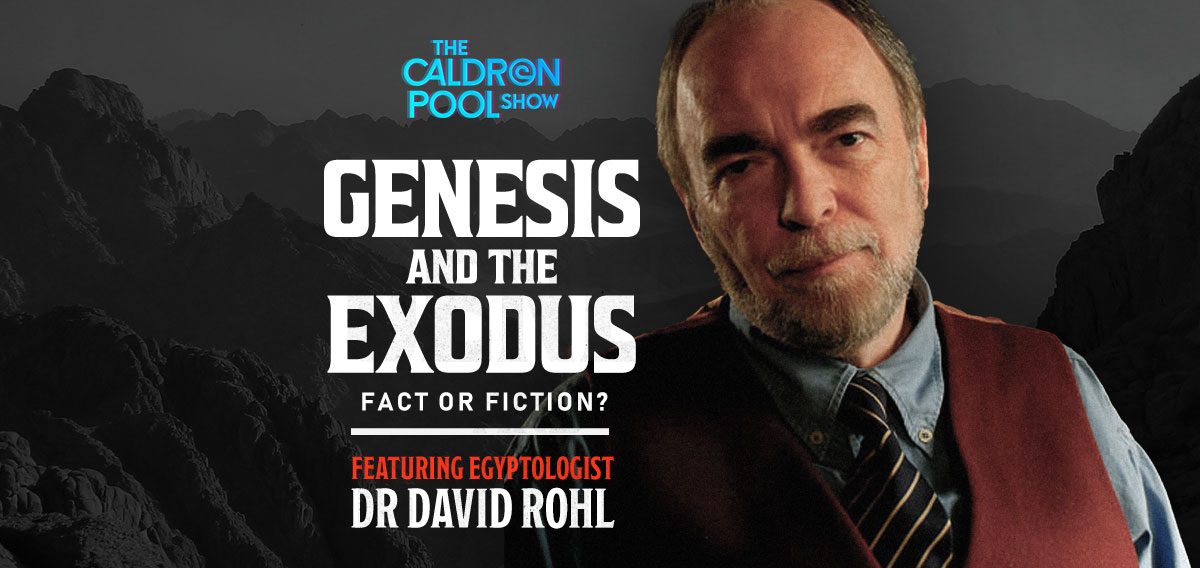Nearly twenty years ago renowned author and medical doctor Michael Crichton examined the Climate Change debate and warned the connection between hard scientific fact and public policy was becoming “increasingly elastic.”
What Crichton observed was that “consensus science” was being adopted as indisputable scientific fact. But for Crichton, “consensus science” is “not science.”
The anthropologist and Harvard-trained medical doctor delivered this warning at a California Institute of Technology lecture in 2003, jokingly titled “Aliens Cause Global Warming”:
Let’s be clear: the work of science has nothing whatever to do with consensus. Consensus is the business of politics.
Science, on the contrary, requires only one investigator who happens to be right, which means that he or she has results that are verifiable by reference to the real world. In science consensus is irrelevant.
What is relevant is reproducible results. The greatest scientists in history are great precisely because they broke with the consensus.
There is no such thing as consensus science. If it’s consensus, it isn’t science. If it’s science, it isn’t consensus. Period.
Dr Crichton, gave many examples of the failure of ‘consensus science’ from modern history.
In addition, let me remind you that the track record of the consensus is nothing to be proud of. Let’s review a few cases. In past centuries, the greatest killer of women was fever following childbirth. One woman in six died of this fever. In 1795, Alexander Gordon of Aberdeen suggested that the fevers were infectious processes, and he was able to cure them. The consensus said no.
In 1843, Oliver Wendell Holmes claimed puerperal fever was contagious, and presented compelling evidence. The consensus said no.
In 1849, Semmelweiss demonstrated that sanitary techniques virtually eliminated puerperal fever in hospitals under his management. The consensus said he was a Jew, ignored him, and dismissed him from his post. There was in fact no agreement on puerperal fever until the start of the twentieth century. Thus the consensus took one hundred and twenty five years to arrive at the right conclusion despite the efforts of the prominent “skeptics” around the world, skeptics who were demeaned and ignored. And despite the constant ongoing deaths of women.
There is no shortage of other examples. In the 1920s in America, tens of thousands of people, mostly poor, were dying of a disease called pellagra. The consensus of scientists said it was infectious, and what was necessary was to find the “pellagra germ.” The US government asked a brilliant young investigator, Dr. Joseph Goldberger, to find the cause. Goldberger concluded that diet was the crucial factor. The consensus remained wedded to the germ theory.
Goldberger demonstrated that he could induce the disease through diet. He demonstrated that the disease was not infectious by injecting the blood of a pellagra patient into himself, and his assistant. They and other volunteers swabbed their noses with swabs from pellagra patients, and swallowed capsules containing scabs from pellagra rashes in what were called “Goldberger’s filth parties.” Nobody contracted pellagra.
The consensus continued to disagree with him. There was, in addition, a social factor – southern States disliked the idea of poor diet as the cause, because it meant that social reform was required. They continued to deny it until the 1920s. Result-despite a twentieth-century epidemic, the consensus took years to see the light.
Probably every schoolchild notices that South America and Africa seem to fit together rather snugly, and Alfred Wegener proposed, in 1912, that the continents had, in fact, drifted apart. The consensus sneered at continental drift for fifty years. The theory was most vigorously denied by the great names of geology-until 1961 when it began to seem as if the sea floors were spreading. The result: it took the consensus fifty years to acknowledge what any schoolchild sees.
And shall we go on? The examples can be multiplied endlessly. Jenner and smallpox, Pasteur and germ theory. Saccharine, margarine, repressed memory, fibre and colon cancer, hormone replacement therapy. The list of consensus errors goes on and on.
Finally, I would remind you to notice where the claim of consensus is invoked. Consensus is invoked only in situations where the science is not solid enough. Nobody says the consensus of scientists agrees that E=mc2. Nobody says the consensus is that the sun is 93 million miles away. It would never occur to anyone to speak that way.
He concluded the lecture with a sombre warning, in the context of the “disgraceful” scientific reception of dissenting earth scientist and statistician Bjorn Lomborg:
Of course, any scientist can be charged as Galileo was charged. I just never thought I’d see the Scientific American [magazine] in the role of Mother Church [who charged Galileo].
Is this what science has become? I hope not. But it is what it will become, unless there is a concerted effort by leading scientists to aggressively separate science from policy.
As the late Philip Handler, former president of the National Academy of Sciences, said: “Scientists best serve public policy by living within the ethics of science, not those of politics. If the scientific community will not unfrock the charlatans, the public will not discern the difference—science and the nation will suffer.”


















